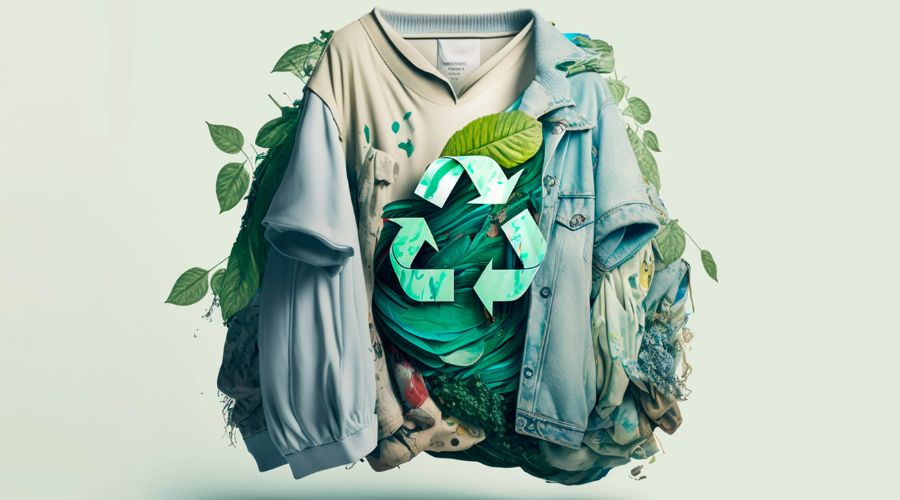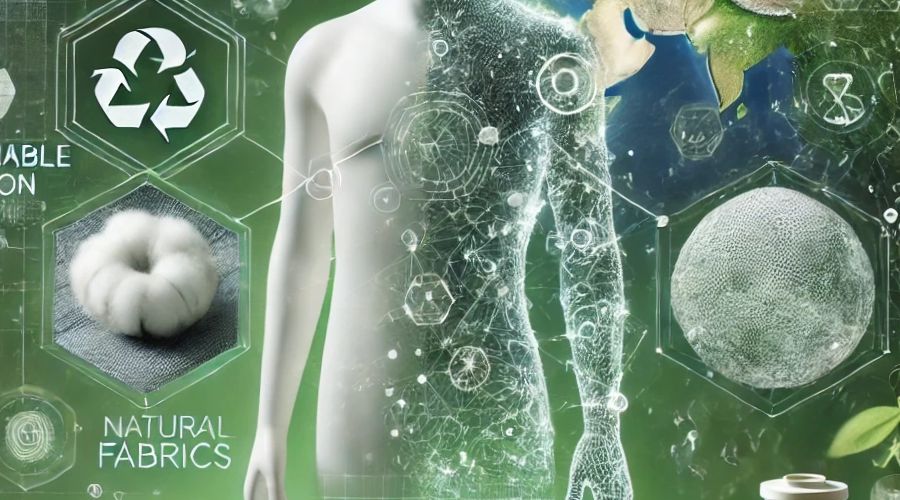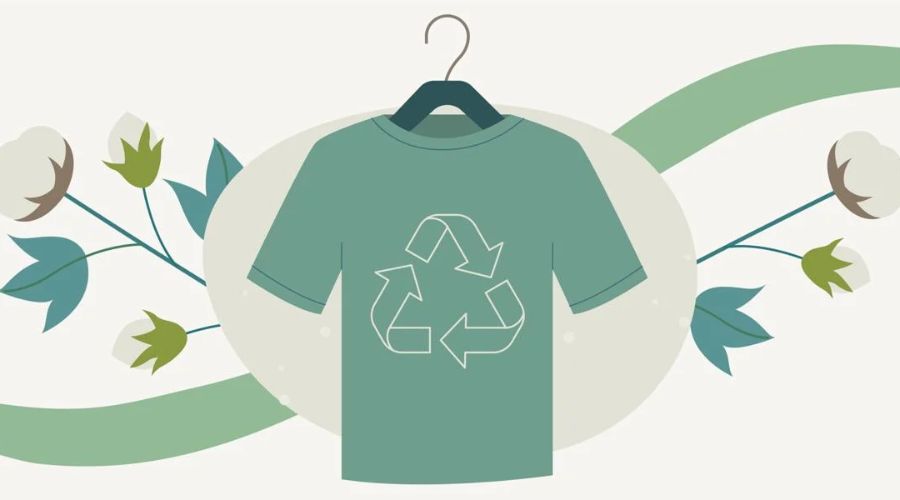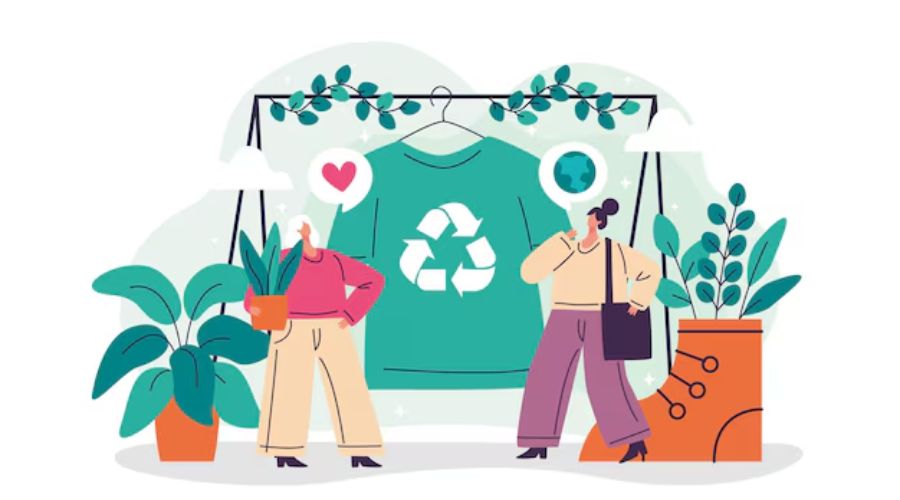Nowadays, we have seen a major transformation in the clothing industry. Producers and buyers are shifting towards sustainable fabrics. Have you ever wondered why people are choosing these types of clothes? There are various benefits of buying environmentally friendly clothes. In addition, sustainable fabrics are good for the environment and human health. So why not shift towards these types of clothing and contribute to the environment for a better reason?
What are Sustainable Fabrics?
Before jumping straight into the benefits, let’s first know what sustainable fabrics are. The fabrics made in an environmentally friendly manner are known as sustainable clothing. In addition, the materials mitigate adverse environmental impacts and foster social and economic outcomes. Such fabrics are generally manufactured from recycled content as well as sustainable sources that consume less power and water.
Key advantages of sustainable fabrics:
Environment Conservation

The impact of sustainable fabrics on the environment is tremendously great. Traditional fabrics like polyester and conventional cotton need much water and energy. To reduce these issues, sustainable fabrics are designed. Moreover, these fabrics are made using natural materials, which eventually reduces the amount of pollution generated by the clothing industry.
Save for Human Health

Stain repellents and wrinkles-resistant finishes damage human health and these compounds are usually found in many synthetic fabrics. Wearing clothes made of sustainable fabrics can be better for our health. Also, traditional fabrics may cause skin irritation and many other health issues.
Durability and Longevity

Sustainable fabrics are durable if compared to traditional fabrics. Moreover, clothes that are durable often last longer, which in turn reduces the amount purchased. It may result in less waste and a more environmentally friendly approach to fashion. In addition, these fabrics are designed to provide strength and longevity. Sustainable fabrics are less likely to fade and pill. It leads to a more sustainable way of using clothing since these fabrics keep their look and last for a longer period.
Better for Animal Welfare

This is another advantage of wearing sustainable materials. These fabrics are eco-friendly and good for animal welfare than traditional fabrics. For example, we talk about synthetic fur, often produced from polyester and derived from petroleum products. Moreover, this fur can be dangerous to animals as it does not biodegrade in the environment.
Conclusion
Till now you must have understood the advantages of choosing sustainable fabrics. Believe it or not, nowadays people are more concerned about the environment. This is why the demand for sustainable clothing is growing immensely. As buyers are becoming more aware of the environmental impact of traditional clothes, producers are also shifting towards this. Together, we can make a significant change to the environment by adopting small changes in ourselves.
After wearing sustainable fabrics make sure to take proper care of materials. Understand how fabric is made and in what ways you can wash clothes. Make sure to learn what techniques are required to clean the materials. Knowing these things will help you wear the clothes for longer periods.
So what are you waiting for? Begin your sustainable journey now. It’s never too late to start something new to help you contribute to the environment. Happy buying!
For more updates, visit www.Gurucent.com
Advantages of using sustainable fabrics?
Energy efficiency, better for human health, and environment conservation are some benefits of sustainable fabrics.
Is it important to use eco-friendly fabrics?
The answer to the question is “Yes”. Using eco-friendly fabrics is important as they are good for the environment and human health.
How do you choose eco-friendly fabrics?
Look for labels like certified organic, GOTs organic, SA8000, etc.





